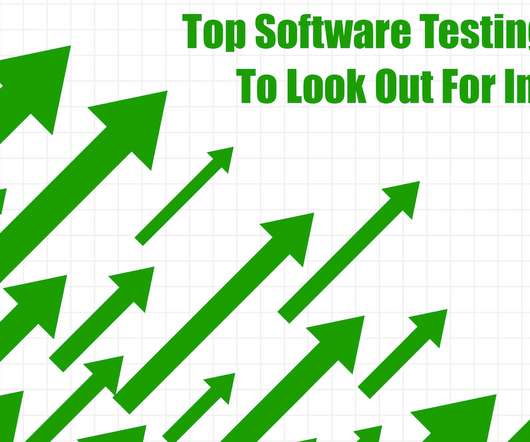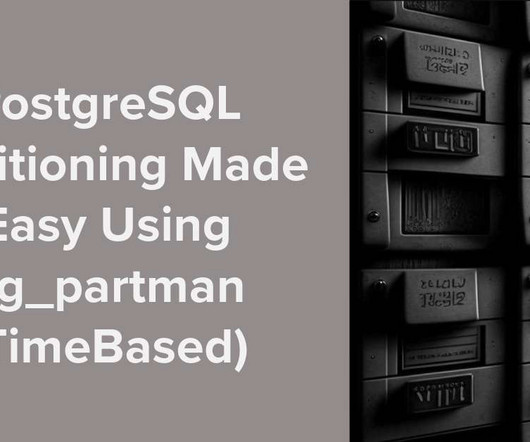Dynatrace delivers flexible and scalable Kubernetes native synthetic private locations
Dynatrace
MAY 24, 2023
CAGR in the forecasted period ending 2030. Not only do operations personnel now have an easier time deploying synthetic tests faster with fewer resources, it’s also no longer necessary to track utilization. Kubernetes takes care of keeping the necessary minimum number of nodes alive for executing all the tests assigned to a location.













Let's personalize your content